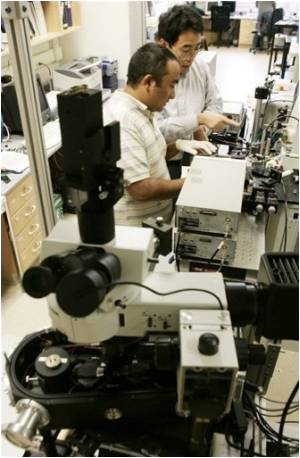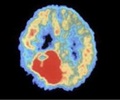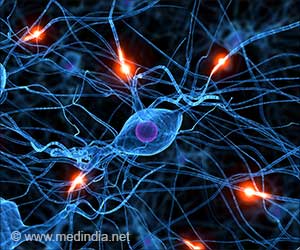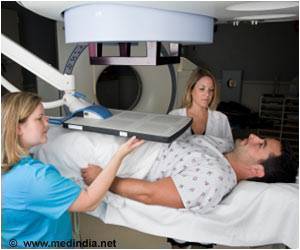An European clinical trial has revealed that a new high-dose chemotherapy regimen has been shown to improve survival of children with high-risk neuroblastoma, a common pediatric cancer.

The results were presented in Chicago at the 47th annual conference of the American Society of Clinical Oncology. More than 30,000 researchers and representatives of pharmaceutical companies participated in the forum.
The phase 3 trial showed better overall survival with a combination of the myeloablative chemotherapy drugs busulphan and melphalan (BuMel) compared to a different myeloablative regimen of three chemotherapy drugs, carboplatin, etoposide and melphalan (CEM).
Previously, only 30 percent of children with high-risk neuroblastoma survive long-term.
The study's results show that survival can increase by 20 percent.
"We could potentially improve overall prognosis by up to 35 percent in the future," Ladenstein said.
Advertisement
Myeloablative chemotherapy is high-dose chemotherapy that kills cells in the bone marrow, including cancer cells.
Advertisement
About 650 cases are diagnosed each year in the United States, with 40 percent considered high-risk, meaning they are "very likely to recur or progress, despite therapy," the study said.
The trial involved 563 children -- median age 3. After three years, the survival was 60 percent for those receiving busulphan-melphalan compared to 48 percent for the CEM group "and the busulphan group had lower rates of relapse and progression."
"Based on the results, the randomization was stopped early," the study said.
The treatment-related death rate was 3 percent for the busulphan regimen and 5 percent for CEM, the study said.
Source-AFP







